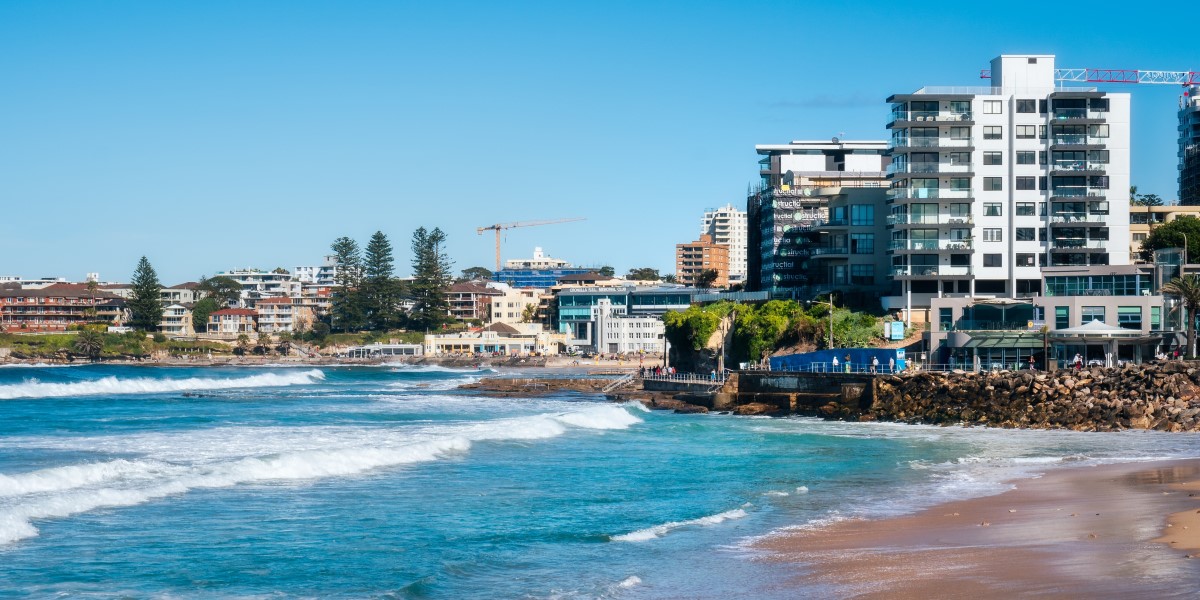
On Wednesday the 12th of July, InfoTrack’s latest Property Market Update was released. Focussing on Q2 data, the update highlighted that once again coastal properties continued to dominate the Top10 suburbs. Northeastern Queensland was well represented with a Townsville suburb among Queensland’s Top Locations for Property Sales and despite Inner Brisbane resurgence in Queensland’s Top Suburbs for Property Sales, the Gold Coast remained attractive to buyers.
“Surfers Paradise retained its number one spot from last quarter and remains a long way ahead, with double the number of sales compared to its second-place rival, West End. Its popularity is also growing, with the total number of sales at Surfers increasing seven per cent over the last quarter,” said InfoTrack’s Head of Property Australia, Lee Bailie. “The remaining suburbs in the top 10 were also all located on the Gold Coast, and included Broadbeach, Southport, Varsity Lakes, and Palm Beach.”
Based on this, it’s apparent that coastal locations have continued to thrive in 2023. But despite their popularity, it can’t be ignored that climate related impacts may directly impact property within these areas. As homeowners continue to flock to coastal locations, what are the potential climate implications of living in these seemingly idyllic beachside locations?
Understanding the risks of changing climates on our coasts and oceans
“Sea surface temperatures around Queensland (particularly in the Coral Sea, but also in the Gulf of Carpentaria) provide an indicator of the likelihood of the formation and development of tropical cyclones and east coast lows. Warmer than average sea surface temperatures favour the development of these weather systems which often bring flood-producing rainfall, and damaging wind and storm surges, particularly to coastal and near-coastal parts of Queensland. While recent change in mean sea level is not significant, sea level rise over the historical tide gauge record is discernible.” State of the Environment Report 2020, Queensland Government
The looming presence of climate change in our lives has a effect on our coasts and oceans, and by association – our physical safety and assets. Not only is the threat of climate change a concern for all, but each individual climate event also has direct impacts that form other hazards. For example, the increasing sea surface temperatures affect the intensity of cyclones by their maximum wind speeds and concentration of rainfall. We have also seen as sea levels rise, “there is increasing potential for these cyclones to drive more devastating coastal flooding during storm surges.” This in turn, increases the vulnerability of Australia’s coasts to possible erosion.
“While coastal ecosystems are well adapted to coastal erosion, it is a risk for human settlements on the coast. This either sees erosion protection measures such as seawalls built or loss of the development.” State of the Environment Report 2020, Queensland Government
The threat to human settlements
As demonstrated in the Property Market Update, the popularity of coastal properties is booming this year. Naturally when people are interested in one particular area, competition is a driving factor for development and when you have a location that is already densely populated, those new settlements will start to infringe on erosion prone areas.
“Erosion from natural beach processes does not permanently affect the form of the beach and hence its value as a public asset. However, it does involve a landward shift in its location. The problems associated with beach erosion only occur once the shoreline recession threatens property. The problem is not so much that the beach is eroding, but that development has occurred within the zone of natural beach fluctuations.” Coastal hazard technical guide, Queensland Government
Eventually what we might see from these areas that present a coastal hazard are:
- Increased water levels will accelerate coastal erosion.
- Sediment transport patterns may be altered by shifts in wave direction triggering changes to the form and location of shorelines.
- Low-lying land may be permanently inundated.
- Increased cyclone and storm activity will escalate the severity of coastal erosion events.
Identifying coastal erosion risk to property
Coastal erosion has physical and financial consequences, with the potential implications for people and property an immense risk. Until now, it has been difficult to identify exactly what form of advice or warning a lawyer could give to their client or what action they should take. There has been limited (or no) data or analysis available which would enable anything other than a vague and generalised warning to be provided.
InfoTrack has released a new reporting tool that can provide meaningful data and analysis of climate change impacts on a residential property now and in 30 years. The Groundsure ClimateIndex™ report, currently only available for New South Wales, aims to provide lawyers and conveyancers with a set of projections to pass onto their client offering a meaningful assessment of the level of flooding, bushfire and…coastal erosion risks.



